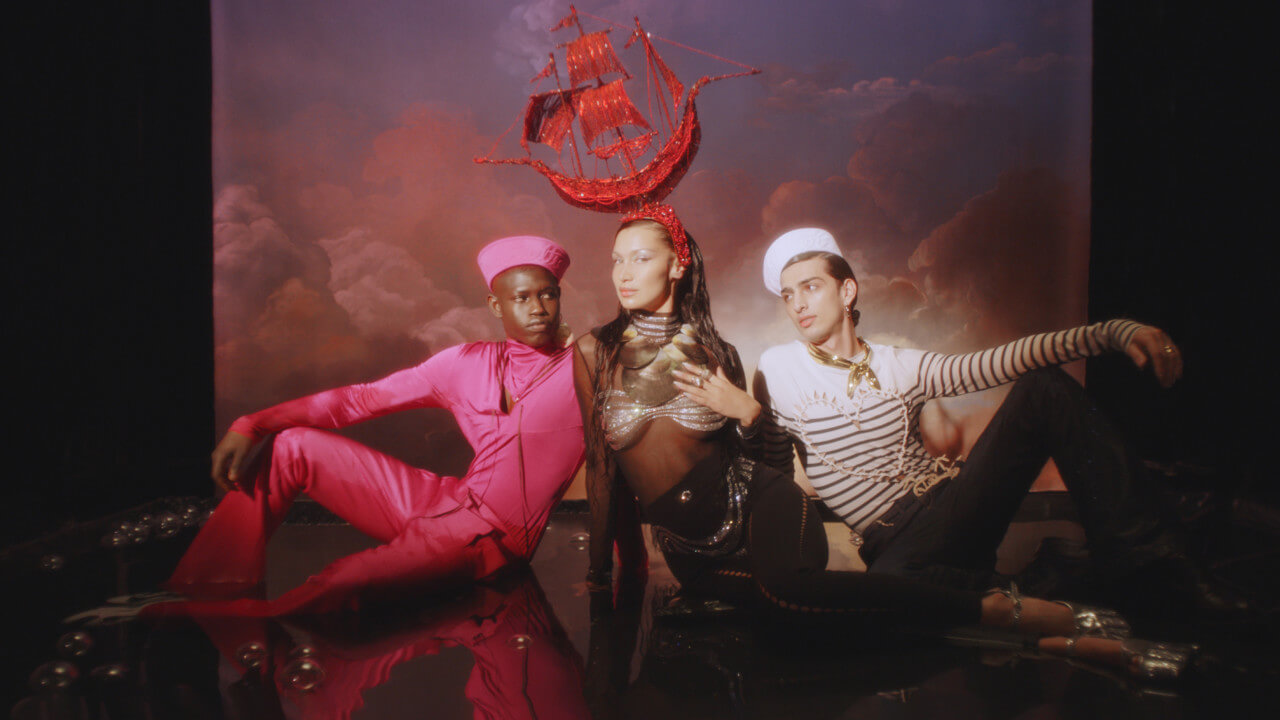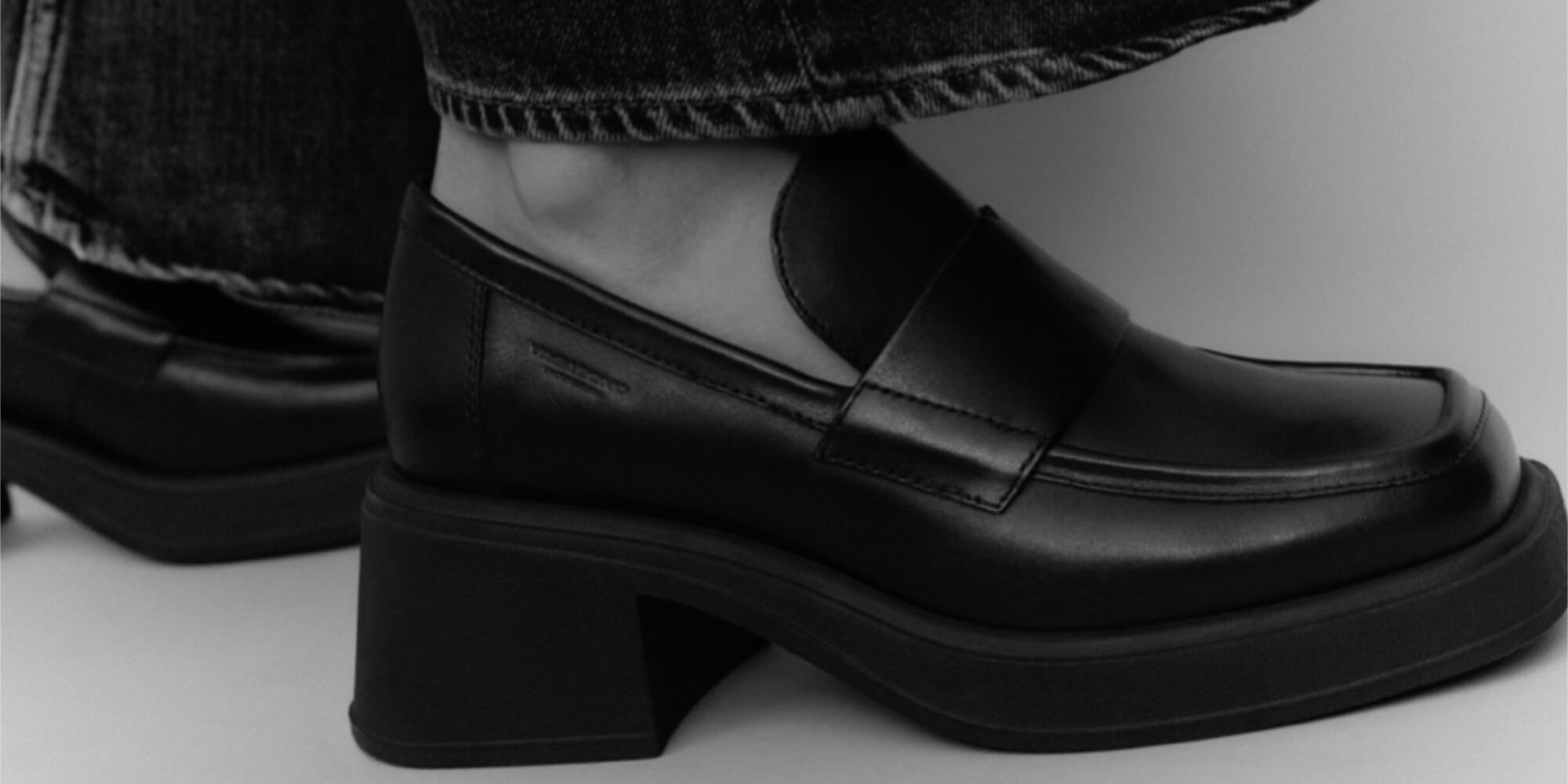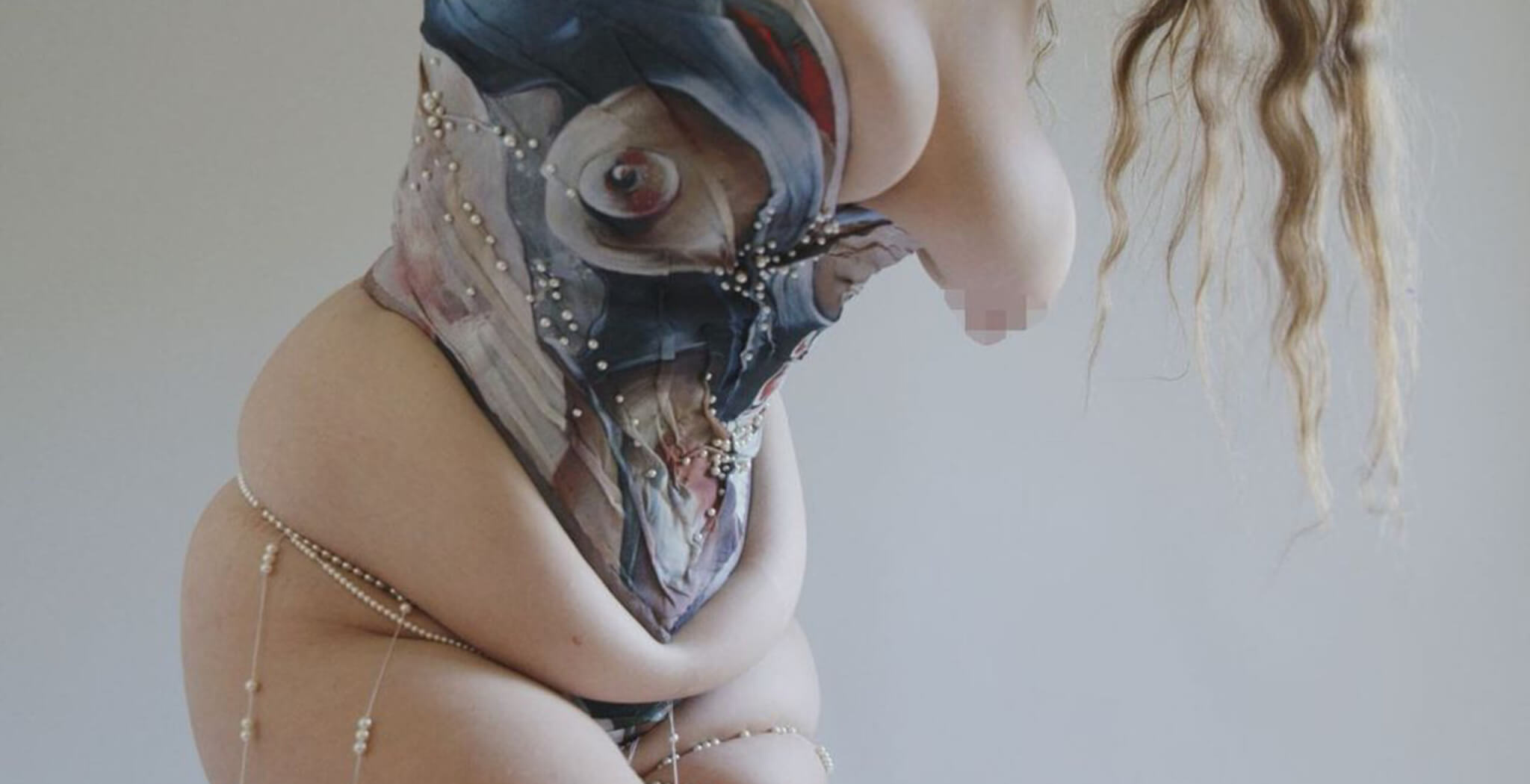Photography Charlotte Wales
Jean Paul Gaultier’s journey this season has been one of the most uplifting and exciting stories to follow. Despite hinting at “the end of an era” on social media, the brand is not ready to have its final countdown just yet.
In 2020, Gaultier announced its ultimatum, but the French house is continuing to work on a series of couture collections with guest designers. They are also relaunching the long-awaited ready-to-wear collection exclusively for Spring/Summer 2021, which has been on hold since 2015. Additionally, the brand has collaborated with Chitose Abe, the founder of the Japanese brand Sacai, to design a couture collection. To announce their comeback, the French fashion house created an exclusive video featuring the mesmerizing Bella Hadid as a mermaid, accompanied by model Omar Sesay and the talented Qaher Harhash, who was featured in TITLE’s exclusive Prada Story earlier this year.
Today we want to use this occasion to revisit the past of “The Enfant Terrible” and break down his past for you.
Jean Paul Gaultier was born on April 24, 1952, in the Paris suburb of Arcueil, as the son of an accountant. Despite lacking formal fashion design training, Gaultier showcased his talent by sending fashion sketches to well-known designers as a young man. His skills caught the attention of Pierre Cardin, who hired him as an assistant in 1970. Gaultier later worked as an assistant to chief designer Michel Goma at the Haute Couture house of Jean Patou from 1971, and subsequently served as an assistant to Goma’s successor, Angelo Tarlazzi, from 1973.
Only six years later, Gaultier launched his own label, establishing himself as a fashion revolutionary early on. Rather than conforming to the look of haute couture, he drew inspiration from the streets of London and created a style that was non-conformist and eccentric. Gaultier’s textile creations displayed exceptional craftsmanship, but he also used his work to parody the high art of fashion. He introduced many new definitions and became renowned for his corset dress, inspired by his grandmother, which gained worldwide fame when it was worn by the iconic singer Madonna. This masterpiece not only pushed the boundaries of public acceptance but also revolutionized the perception of underwear.
Gaultier earned a reputation as the enfant terrible of French fashion, consistently presenting unusual and often avant-garde designs that sometimes challenged wearability. He embraced unconventional models, such as older, plus-sized women and individuals with piercings and tattoos. One of his signature pieces is the white long-sleeved T-shirt with narrow blue horizontal stripes, reminiscent of a navy style. While many of his creations drew inspiration from everyday clothing and pop culture, his haute couture designs remained formal and playful simultaneously. Gaultier’s influence extended beyond fashion as he designed costumes for notable films, including “The Fifth Element” by Luc Besson, “Kika” by Pedro Almodóvar, “The Cook, the Thief, His Wife and Her Lover” by Peter Greenaway, and “City of Lost Children” by Jean-Pierre Jeunet. Furthermore, he crafted haute couture clothing for Kylie Minogue’s ‘X Tour’, daring outfits for Madonna’s ‘Blonde Ambition Tour’ and ‘Confessions Tour’ in 2006 and 2008 respectively, and stage outfits for Johnny Hallyday in 2003.
In 1988, Gaultier defied fashion norms by designing skirts for men, showcasing his role as a smart fashion revolutionary who challenged gender-specific socialization. Along with his women’s and men’s collections, Gaultier also created the young line “JPG,” targeting sporty women and men. Additionally, he made a mark in the perfume market with his own fragrances, personally participating in promotional activities to ensure their success.
In 1989, Gaultier expanded his creative endeavors into the realm of music, releasing a record without bidding farewell to the fashion world. His international recognition as a fashion icon led him to host the television series “Eurotrash,” known for its sketch productions.
One of Gaultier’s memorable advertising campaigns took place in 1997, featuring the longest kiss in the advertising space between Kristen McManamy and a sailor. Following the resignation of fashion legend Yves Saint Laurent, Gaultier was widely regarded as his successor, gaining the same status as his predecessor. His work left a lasting impact on international haute couture, constantly introducing new concepts and eccentric models by defying established ideas. Gaultier was responsible for popularizing the sailor look and designing bracelets made from recycled tin cans. His latest line is characterized by clear structures and the absence of lavish forms, upholding the high standards and exquisite craftsmanship synonymous with Gaultier fashion.
Tragically, in 1990, Gaultier’s long-time partner and business collaborator, Francis Menuge, passed away due to complications from AIDS, which further fueled his dedication to fighting the disease and supporting those affected by it.
Jean Paul Gaultier’s journey has been nothing short of extraordinary. From his humble beginnings as a self-taught designer to becoming a renowned fashion revolutionary, he has continuously challenged conventions and pushed boundaries in the industry. With his irreverent and innovative approach to fashion, Gaultier has left an indelible mark on the world of haute couture, inspiring generations of designers and captivating fashion enthusiasts worldwide.



























